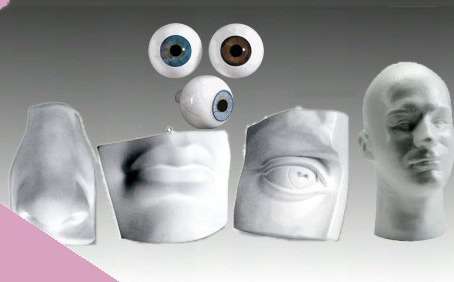Casts are a part of our everyday life even without us realizing it. They have many practical purposes and are largely used in manufacturing. Artistic casting draws on the same principles of mold making and casting. However, the intention here is to create works of art that have an aesthetic vibe and look pleasing to the eye. Many of them are mounted on a base and finished with a brass name plate to give a more professional appearance.
In fact, many of the art works on display in galleries are castings. The process starts with making a mold. This is nothing but a negative impression of the final cast. It can be made from an existing master that has to be reproduced. However, all castings are not always reproductions.
Artists often create a clay model of the sculpture or casting they have imagined. This is easy to shape and work on as it can be modified as required. A mold is made of this initial model before casting the same. Therefore, it becomes a kind of secondary casting that will be made in the artist’s material of choice. Casts can be made of diverse materials like plaster, gypsum, wax, polyurethane resin, silicone rubber, latex rubber and more.
It is even possible to make them in metal, wood or stone. This doesn’t have to be the original material; recreating a faux copper, bronze, silver, marble, porcelain, wood or other appearance is possible by using cold casting powders.
Therefore, casting is an artist’s haven that becomes an extremely creative medium even as the results are satisfactory and even extraordinary at times!
Making life casts possible
Casting is not limited to inanimate objects alone. Innovative artists have extended this medium to making three-dimensional reproductions of humans as well. Life casts of the hands, feet, face, torso are very popular and are used in many ways to commemorate or capture life events. Group castings are also created with couples, parent-child, friends and the like.
As mentioned earlier, the technique is similar – first make a mold of the part of the body that is to be life cast. The difference here is in the level of care and attention as a living and breathing person will be involved. The model has to be prepped for the session and the materials should not harm him/her in any manner. Alginate and skin-safe silicone are the best materials to use here.
Once the body mold is ready, casting is quite a straightforward process. It is usually made of plaster that can be finished and displayed as required. Life casting artists proudly finish their creations with name plates engraved with the details of their work!











